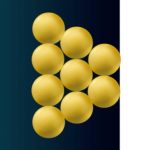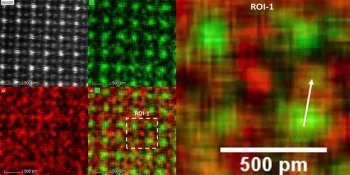ME-EM Graduate Seminar Speaker Series
proudly presents:
Michigan Technological University
Abstract: This talk presents an overview of state-of-the-art capabilities of the aberration-corrected scanning transmission electron microscope (ac-STEM) at ACMAL, Michigan Tech. The FEI Titan Themis microscope we have here is one of a kind in the whole nation in terms of capabilities. These capabilities have been developed in last two years and most of them are already available for users. We have a wide range of imaging and spectroscopic techniques that enables a user to identify elements at atomic scale (~ 0.1 nm). READ MORE
Thursday, February 13 at 4:00 p.m.
Electrical Energy Resources Center (EERC), 103
1400 Townsend Drive, Houghton, MI 49931

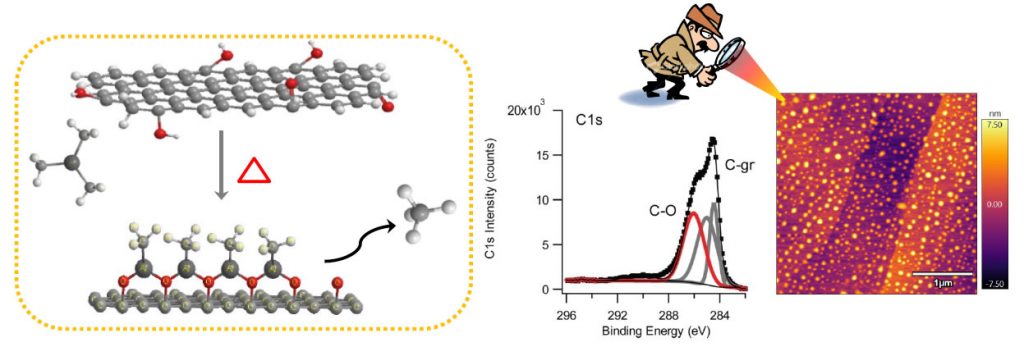

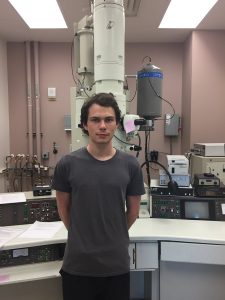
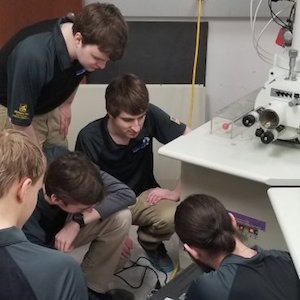
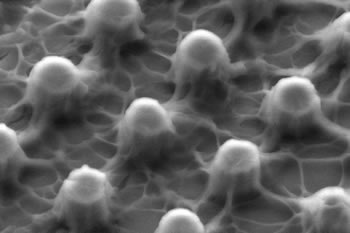
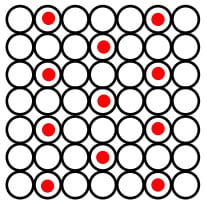 Surface and Interface Science CH5665/MSE5665
Surface and Interface Science CH5665/MSE5665